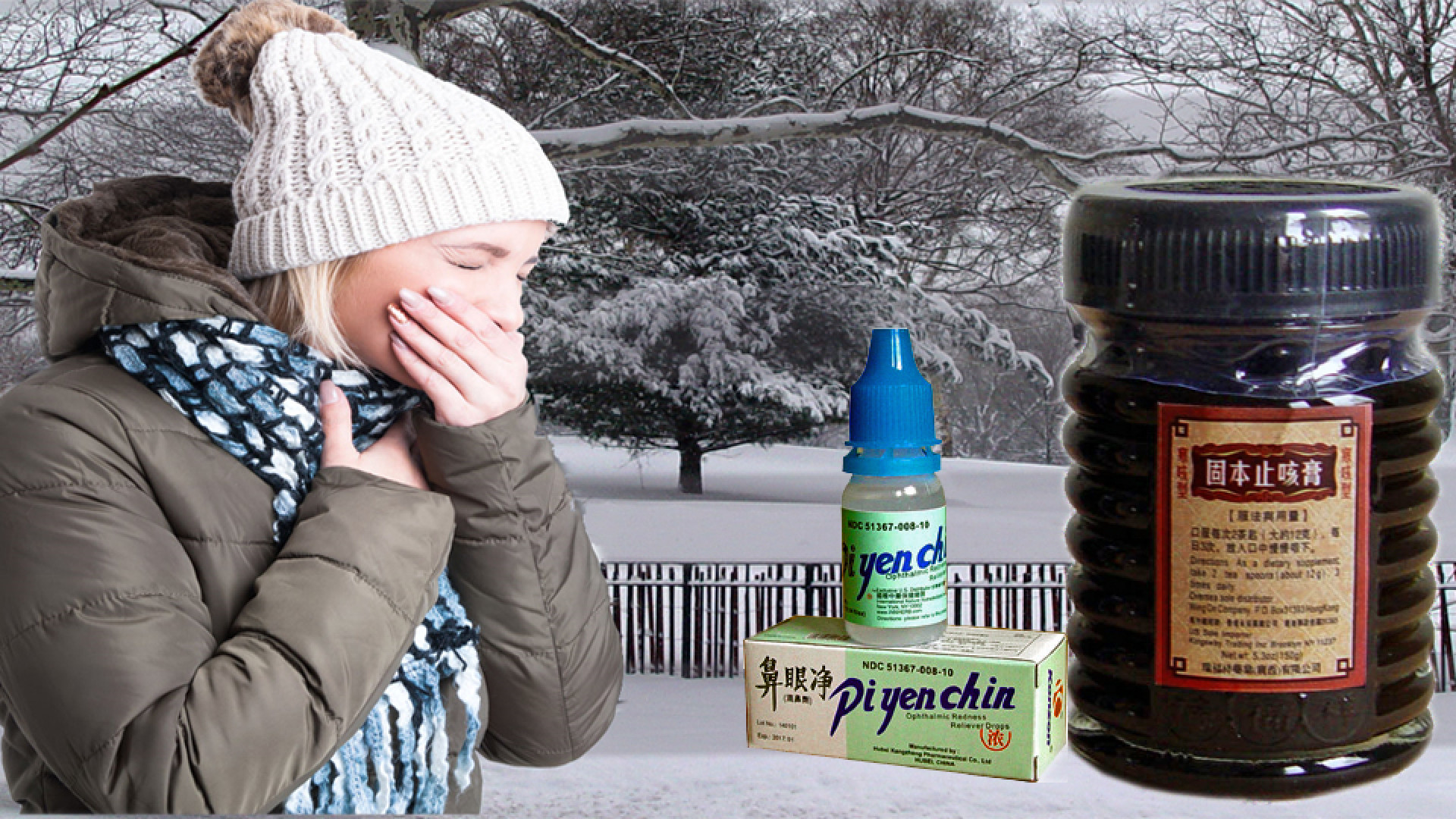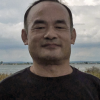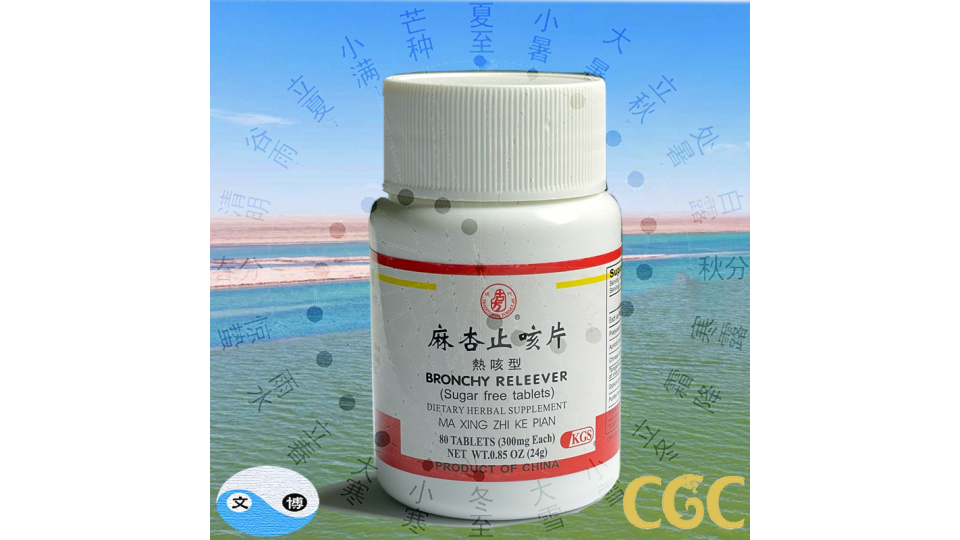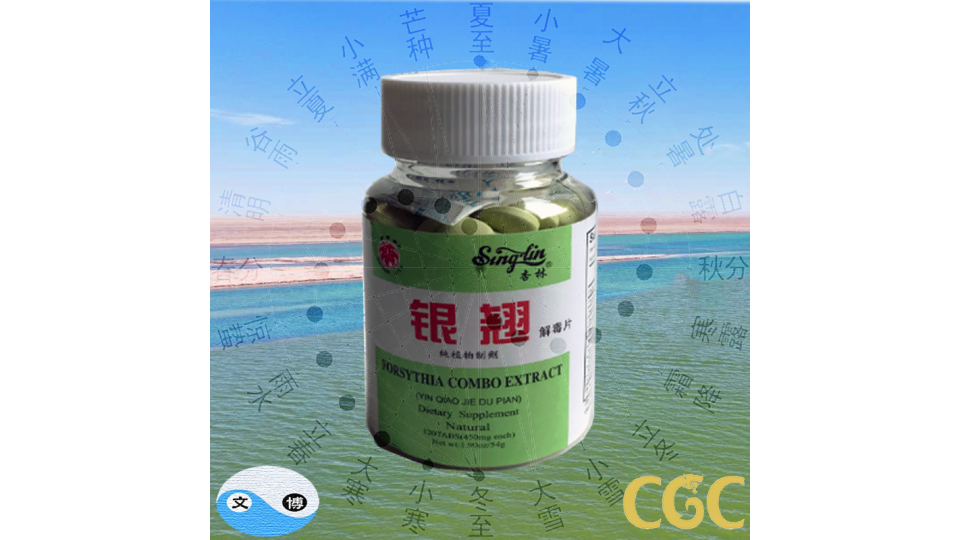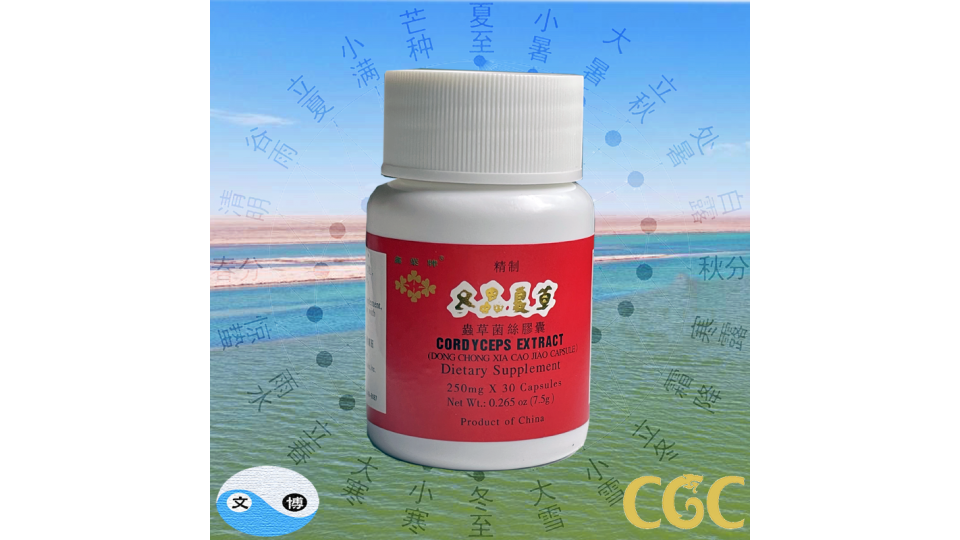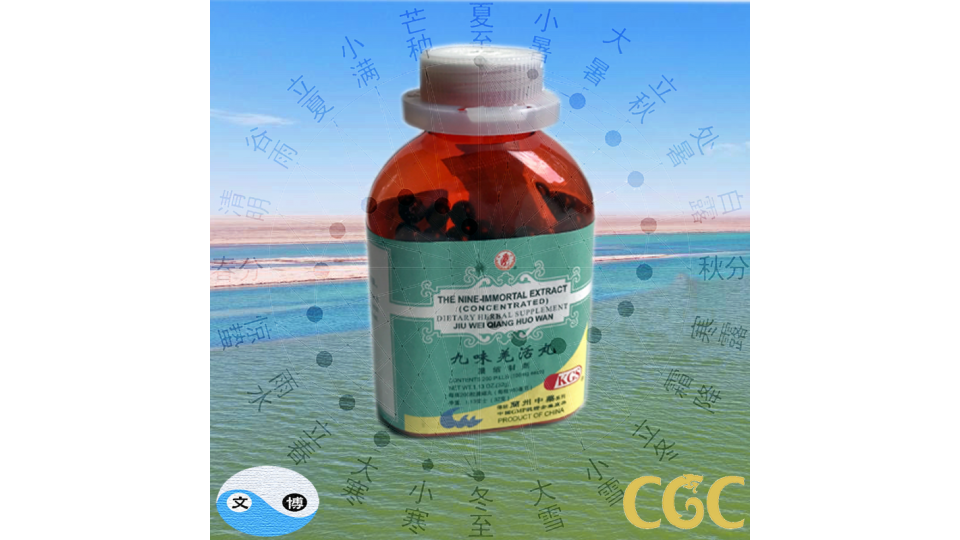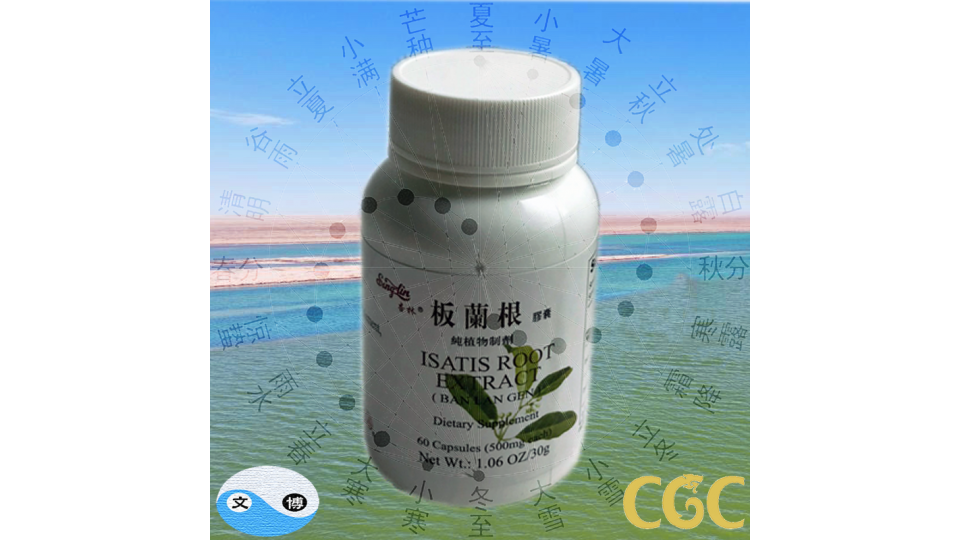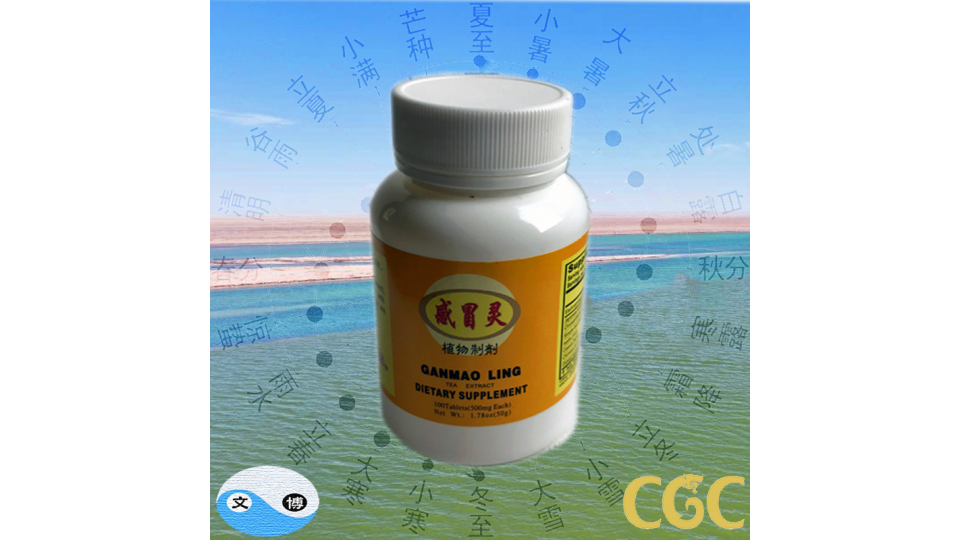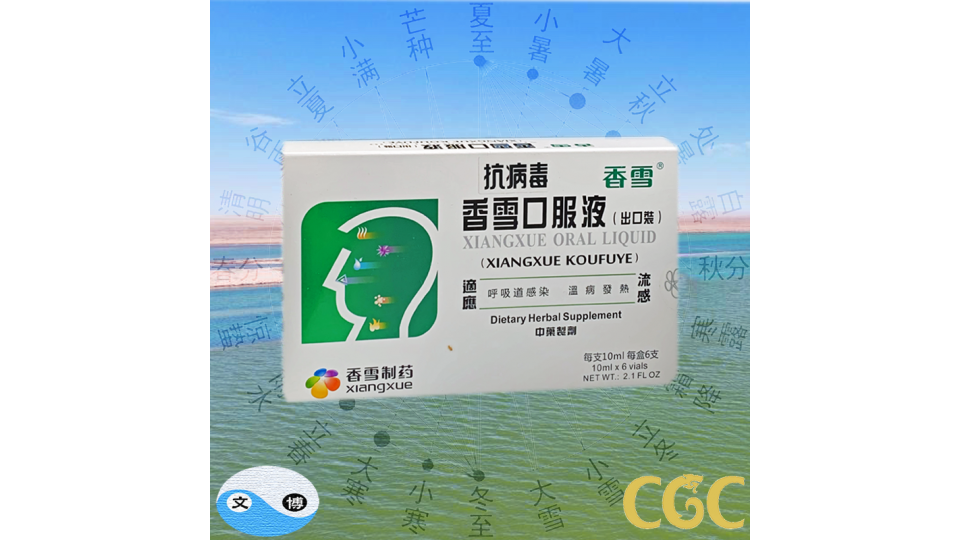Colds are virus-infected diseases in the upper respiratory tract and classified as common cold and influenza. Common cold, usually mild, results from rhinovirus infection and is characterized mainly by nasal symptoms. But influenza, usually widespread, is due to influenza virus infection and has pronounced systemic toxic symptoms. With a high morbidity and repeated infection tendency, influenza may occur all the year round but mostly in winter and spring. The aptly named common cold is the most frequent infection in all age groups in the United States. Cold symptoms are triggered when a virus attaches itself to the lining of your nasal passages or throat. Although everyone catches colds, children have them more often than adults. Cold infections are most common during "cold season," which in the United States begins in late fall and runs through spring. Symptoms are manifested as head and chest congestion, perhaps with a runny nose and difficulty breathing, sore throat, sneezing, dry cough that may occur only at night, chills, burning, watery eyes, allover, vague achiness, headache, constant fatigue. Influenza - commonly shortened to "flu" - is an extremely contagious viral disease that appears most frequently in winter and early spring. The infection spreads through the upper respiratory tract and sometimes goes into the lungs. Although both colds and influenza stem from viruses that infect the upper respiratory tract, the symptoms of influenza are more pronounced and its complications more severe. Influenza occurs most commonly in school-age children, but its most severe effects are felt by infants, the elderly and people with chronic ailments. Symptoms are manifested as fever - usually between 101°F and 102°F, but occasionally as high as 106ºF - sometimes alternating with chills, sore throat, dry, hacking cough, aching muscles, general fatigue and weakness, nasal congestion, sneezing, headache. Colds fall into the categories of "shang feng" (common cold), "shi xing gan mao" (influenza), etc. in TCM according to the clinical manifestations. The chief pathogenic factors are pathogenic wind and pestilential toxicity. The main pathogenesis includes pathogenic factors invading the body surface, dysfunction of defense qi due to the initial invasion of the body surface by pathogenic warm, disharmony between superficial defensive system and the exterior. It is advisable to follow such a therapeutic principle as relieving exterior syndrome, but with differentiation of symptom types and application of therapeutic methods as follows: A. Wind-cold type Chief Manifestations: Severe chill, mild fever, no sweating, headache, soreness and pain of the limbs, nasal obstruction or discharge, itching of the throat, cough with thin sputum, no thirst or thirst with desire for hot drink, thin-white and moist tongue coating and superficial or superficial-tense pulse. Therapeutic method: Expelling cold to relieve exterior syndrome with pungent and warm herbs. B. Wind-heat type Chief Manifestations: Severe fever, slight chill, nasal obstruction, sweating, distending pain over the head, congestion of the throat, sore throat, cough with thick or yellow sputum, thirst, thin-yellow tongue coating and superficial and rapid pulse. Therapeutic method: Clearing away heat to relieve exterior syndrome with pungent and cool herbs. C. Exterior cold and interior heat type Chief Manifestations: Fever, aversion to cold, no sweating, thirst, stuffy nose, muffled voice, cough, rapid breathing, yellow, sticky and thick sputum, brown urine, constipation, red tongue tip and margins with yellow and white coating, and superficial and rapid pulse. Therapeutic method: To disperse wind and release lung qi, expel cold and clear away heat. D. Summer-heat-dampness type Chief Manifestations: Fever, slight aversion to cold little sweating, or sweating without relieving fever, heavy and painful sensation over the limbs, headache, dizziness, thirst and desire for a little drink, oppressive feeling over the chest, vomiting, nausea, yellow and greasy tongue coating and rapid and soft-floating pulse. Therapeutic principles: To clear away summer-heat, resolve dampness and relieve exterior syndrome. E. Common cold in debilitated persons A weak person is subject to colds which are liable to recur and to resist being cured. In these cases, therapy is not merely dispelling evil with diaphoretic agents, but tonic herbs, varied according to the different kinds of deficiencies, should be added for supporting the defense system, which follows the the therapeutic principle so called "strengthening body resistance to eliminate pathogen." (a) Qi-deficiency type Manifestations: Chilliness, fever, headache, stuffy nose, cough with whitish sputum, shortness of breath, pale tongue with thin, white coating and floating and weak pulse. (b) Yang-deficiency type Manifestations: Mild fever with predominant chilliness, headache, general aching, anhidrosis or spontaneous perspiration, pale complexion, cold limbs, weak voice, corpulent-pale tongue with thin and white coating and floating and weak pulse. (c) Blood-deficiency type Manifestations: Headache, fever, mild chilliness, anhidrosis, pale complexion, lips and nails, dizziness, palpitations, pale tongue with thin, white coating and small or floating-weak pulse. (d) Yin-deficiency type Manifestations: Headache, fever, mild chilliness, anhidrosis or slight perspiration, dryness of throat , thirst, feverish sensation over the palms, soles and the chest, dry cough, dizziness, uneasy feeling in the eyes, red tongue with little coating and rapid and small pulse. Cough The cough is one of the chief symptoms of lung disorder, but it may occur in diseases of other organs involving the lungs. Some diseases in modern medicine have the cough as the major symptom, such as upper respirator infection, bronchitis, bronchiectasis, pneumonia and pulmonary tuberculosis, etc. In traditional Chinese medicine the therapy of expelling exogenous evils and releasing lung-qi is generally recommended for cough due to exogenous evils (wind, cold, heat, dryness, etc., attack the lungs through the mouth, nose, or skin, which leads to dysfunction of the lungs and adverse ascending of lung-qi, thus causing cough). For cough due to impairment of internal organs (phlegm and fire are two agents closely related to the pathogenesis of cough. For example, emotional upset may impair the liver, causing stagnation of liver-qi with production of fire; as a result, the liver-fire attacks the lungs. Immoderate diet and drinking impair the spleen and lead to the disturbance of food digestion and fluid transportation, and sputum is produced and accumulates in the lungs), regulating zang-fu organs should be the major principle, such as tonifying the spleen, benefiting the lungs and clearing away liver-fire, etc. Common-used Chinese Herbal Remedies1. Yin Qiao Jie Du Pian (Detoxicant Tablets of Honeysuckle Flower and Forsythia): applicable to the cold of wind-heat type. 2. Ban Lan Gen Chong Ji (Isatis Granule): applicable to the cold of wind-heat type and the prevention of influenza. 3. Gan Mao Tui Re Chong Ji (Antiphlogistic Granules for Flu), granules for infusion, used for cases of upper respiratory infection, acute tonsillitis and pharyngitis. 4. Sang Ju Gan Mao Pian (Tablet of Mulberry Leaf and Chrysanthemum for Common Cold), applicable to cold of wind-heat type, cough due to wind-heat or dry heat. 5. Xiao Chai Hu Tang Wan (Bupleurum Pill for Shaoyang Syndrome), applicable to influenza and common cold, manifested as alternate chills and fever, feeling of fullness and discomfort in the chest and hypochondrium. 6. Huo Xiang Zheng Qi Wan (Agastache Pill for Restoring Healthy Qi), applicable to the cold of summer-heat and dampness type, viral gastroenteritis. 7. Yin Huang Kou Fu Ye (Oral Liquid of Honeysuckle Flower and Coptidis), applicable to influenza, upper respiratory tract infection, and acute tonsillitis etc. 8. Jiu Wei Qiang Huo Wan (Nine-ingredient Pill with Notopterygium), used to induce sweating, dispel dampness and clear internal heat for external contraction of wind-cold-damp complicated by internal heat. 9. Xiao Qing Long Tang Wan (Pill of Small Dragon Decoction), used to release the exterior, disperse cold, warm the lung and resolve the retained fluid in cases of cold in the exterior and retained fluid in the interior. 10. Chuan Xiong Cha Tiao Wan (Pill of Ligusticum), used for attacks of exopathic wind, headache, migraine or pain on the top of head, aversion to cold, fever, dizziness, obstruction of the nose, thin and white fur of the tongue, floating pulse, common cold, nervous headache, etc. 11. Fang Feng Tong Sheng Wan (Miraculous Saposhnikovia Pills), used for excess syndrome of both the interior and exterior due to attack by wind and internal accumulation of heat, marked by aversion to cold, high fever, headache, sore throat, fullness in the chest, constipation, skin eruption or ulcers. 12. Yu Ping Feng San (Jade-screen Powder), applicable to rhinallergosis, and upper respiratory tract infection, which pertain to syndrome of invasion by pathogenic wind due to lowered superficial resistance and with spontaneous sweating symptom, as well as bronchial asthma . 13. Ren Shen Bai Du Wan (Pill of Ginseng and Mentha Extract), used for attacks of externally-contracted wind, cold and dampness and with qi deficiency, marked by high fever and severe chills, shivering, aversion to cold, aches in the head, the neck and the muscles, lack of perspiration, pain and soreness of the limbs, nasal congestion, sensation of fullness and distention in the chest and epigastrium, skin rashes, common cold. 普通感冒,流行性感冒如果有人问,最常见的病是什么?你会觉得这个问题太简单了,肯定会毫不犹豫的回答是“感冒”。没错,感冒的确是人类发病率最高的疾病,世界上几乎没有人敢说自己从未得过感冒。但如果接着问,感冒的病因和症状、以及有哪几种类型?恐怕大多数人就说不清楚了。 医学研究表明,感冒主要分“流行性感冒”和“普通感冒”两大类。普通感冒,俗称“伤风”,以鼻咽部炎症为主要表现。其病原体主要为:鼻病毒、副流感病毒、腺病毒、呼吸道合胞病毒等,有上百种之多并易合并引发细菌感染,所以我们一生中才会不断地感冒;一般来说,小孩平均每年感冒约5~8次,成年人每年患感冒约 2~5次。伤风感冒的症状一般多以局部症状为主,初期有咽干、咽痒、咽痛或灼热感。发作后表现为打喷嚏、鼻塞流涕、音哑咳嗽、低热、全身酸痛、头痛、乏力等症状。 许多人得了普通感冒后,常常不去医院就诊,而是自己服用一些解热镇痛药、抗菌素或中药进行治疗。虽然有时可以使病程缩短,但也会带来一些问题,尤其是使用抗菌素。由于约70%~80%的普通感冒是由病毒引起的,仅有小部分可能会混合细菌感染,而且一般都发生在得病的几天以后。因此,绝大多数情况下即使不使用抗菌素,疾病也能痊愈。 流行性感冒(简称流感),是由流感病毒引起的急性呼吸道传染病。病毒存在于病人的呼吸道中,在病人咳嗽、打喷嚏时经飞沫传染给别人。流感的传染性很强,由于这种病毒容易变异,即使是患过流感的人,当下次再遇上流感流行,他仍然会感染,所以流感容易引起暴发性流行。一般在冬春季流行的机会较多,每次可能有20~40%的人会传染上流感。 单纯型流感的症状为:突然畏寒、发热、头痛、全身酸痛、鼻塞、流涕、干咳、胸痛、恶心、食欲不振,婴幼儿或老年人可能并发肺炎或心力衰竭。中毒型流感病人则表现为:高热、说胡话、昏迷、抽搐,有时能致人死命。因此病极易传播,故应及早隔离和治疗。 流行性感冒的症状与普通感冒大致相似;亦有部分患者全身症状较普通流感重,如见持续性高热、头痛、肌痛、全身疲软无力等症;部分患者病程迁延,可持续2周或更长时间;老年患者及慢性病患者易出现下呼吸道并发症,以及心肌炎、肌炎、脑炎等并发症。临床表现:流感潜伏期1~3日,最短数小时。流感根据临床表现分以下几种临床类型: 典型流感:急起畏寒高热,乏力,头痛,身痛,咽部干痛,可有鼻塞、流涕、喷嚏、干咳、咽部可见充血,肺部可闻及罗音。发热3~4日后热退,但上呼吸道症状及乏力可持续2周左右。 轻型流感:症状轻,病程2~3日。 肺炎型流感:主要发生于老幼体弱者。典型流感1~2日后病情加重剧咳、吐粘痰或血痰,气急发绀,可伴发心力衰竭。双肺布满湿罗音,X线检查双肺散在絮状或结节状阴影。 胃肠型和中毒型流感:胃肠型流感除呼吸道症状外主要以腹泻、呕吐为特征。中毒型极少见,主要表现为高热、血压下降,易发生呼吸循环衰竭而死亡。流感亦引起心肌炎、脑炎。老幼体弱者并发细菌性感染。治疗无特效药物,主要是对症治疗。 中药治疗:清热感冒冲剂、银翘解毒片、桑菊感冒片、感冒清、抗病毒自服液等均可减轻症状、缩短病程。也可口服黄水煎服。 中医传统理论认为伤风感冒是由于“风邪乘人体御邪能力不足时侵袭肺卫皮毛”所致。四时之中,气候失常,“风、寒、暑、湿、燥、火”六气经口、鼻、皮肤入侵人体而产生的症候。六气变化过快、太过或不及,使人体感受风邪致皮肤闭固,阳气不能散发,因而伤风感冒。临床上以“风寒”、“风热”两种证候最为多见,因此中医又将其分为风热感冒、风寒感冒、暑湿感冒、体虚感冒四大类。 风寒型:怕冷重、周身疼痛、无汗、流清涕、少量白痰、舌苔薄白、脉浮或脉紧。应选用通宣理肺丸、感冒清冲剂、解热感冒片或生姜红糖水。 体虛感冒:鼻塞流涕,咳嗽痰白,頭痛身痛,形寒自汗、体倦聲低,肢冷氣短。苔白脈浮無力或脈細無力。治宜:扶正解表,調和營衛。可服用:參蘇感冒片、荊防敗毒丸、參蘇丸、玉屏風丸、桂枝合劑、防感片、復芪止汗沖劑等。 冬季易得感冒, 这么做可降低风险病毒和气温的关系比较复杂,一般来说流感病毒对热比较敏感,新型冠状病毒可能在夏季的高温中活性会减低,但有些肠道病毒也会在高温天气里多发。但可以肯定的是,寒冷季节是呼吸道传播的病毒性疾病高发季节,特别是流感病毒。 新型冠状病毒感染的肺炎同大多数流感病毒一样,喜冷怕热,病毒在4℃左右较为稳定,在外界存活的时间会加长,-60℃可保存数年。 冷空气与病毒感染增加有关,不仅因为病毒喜冷怕热,还因为冷空气会削弱人体的免疫反应。寒冷会使免疫系统抵抗呼吸道感染的能力至少减半。杀敌一千,自损八百。 为何一年中较冷的月份被称为流感季节,因为寒冷的冬季空气会冻结你身体一半的自然免疫系统。 冷空气会削弱人体的免疫反应——尤其是在鼻子里,后者是呼吸道病毒的首批接触点之一,也是人体免疫反应的重要组成部分。鼻子内部温度只要降低9华氏度,鼻孔中数十亿个抗病毒和抗细菌细胞就会损失近50%. 戴口罩 Covid-19大流行给了我们帮助抵御寒冷空气和保持高免疫力所需要的东西。 戴口罩可以保护你免受冷空气的伤害,防止冷空气会降低的免疫力。 口罩不仅可以保护你免受病毒的直接吸入,而且就像在你的鼻子上穿了一件毛衣。鼻内环境温暖可以帮助身体产生大量高效的细胞外囊泡,先天免疫防御机制杀死病毒更强。 特别推荐居家旅行携带使用,适用于风寒、风热感冒、病毒感染引起的头痛、浑身痛、发热、发冷、打喷嚏、流涕、鼻塞、咽痛等症状。因为感冒灵的配方包括金银花、野菊花、蔓荆子、板蓝根、桂枝、白芍、薄荷,具有清热、解毒、凉血、疏风解表、镇痛的功效。 |
我是1990年秋季从北京到美国纽约留学的。迄今为止,没有因为发热头痛、打喷嚏、咳嗽、口腔咽喉肿痛、皮肤瘙痒去诊所看医生、买西药,而是选择使用中草药、中成药。美国联邦食品与药物管理局将中草药、中成药归类于饮食补充剂,销售和购买不要求医生处方。中药店和中国超市遍布纽约市,常用的中草药和中成药到处可见。但是,购买者要有对症用药的基本常识,要对自身的状况、对普通感冒、流感和时疫的症状、对中草药和中成药的主要成分和功用,都有所了解和理解。
美国最新联邦卫生数据显示,随着迄今最具传染性的变种XBB.1.5引发另一波感染浪潮,纽约和新泽西的新冠住院人数飙升至11个月高点。
根据疾病控制与预防中心(CDC)的数据,截至1月5日,纽约州7天平均住院人数为522人;新泽西州为244人,两者均为11个月来最高值,但远不及去年1月的峰值。
两州新冠死亡人数也在攀升,目前均处于去年年初以来的最高水平。在纽约市,平均滚动死亡人数达到了自2022年2月以来的最高水平,而滚动住院人数达到了自Omicron疫情浪潮退却以来的最高水平。
根据CDC新冠指南,鉴于病毒的高传播率,纽约市、长岛和哈德逊河谷的大部分地区居民都应该戴口罩。整个新泽西州都处于该机构的最高风险水平。州府和卫生官员建议人们遵循这些指导方针,但没有对此发布新的命令。
上周,纽约州卫生厅宣布,XBB.1.5成为该州占主导的病毒株,占全州感染病例的50%以上,实际比例可能更高。
新泽西州也是如此,截至去年12月底,38.4%的已测序病例与XBB.1.5相关。在数据同样滞后的纽约市,XBB.1.5的患病率可能远高于卫生部门在平安夜更新的68%.
CDC最新数据表明,XBB.1.5在东北部地区的传播速度比美国其他地区要快得多,占比高达81%,而全国最高估计数字为43%.
纽约州称,虽然“尚未有明确证据”表明XBB.1.5会显著影响病毒毒性或疾病严重程度,但早期数据确实表明,它比其他流行变种更具传染性。
纽约市阳性率证实了对该变种传播性的担忧,五个区超过三分之一的社区检测阳性率超过了20%,一些地方的阳性率超过了30%.

